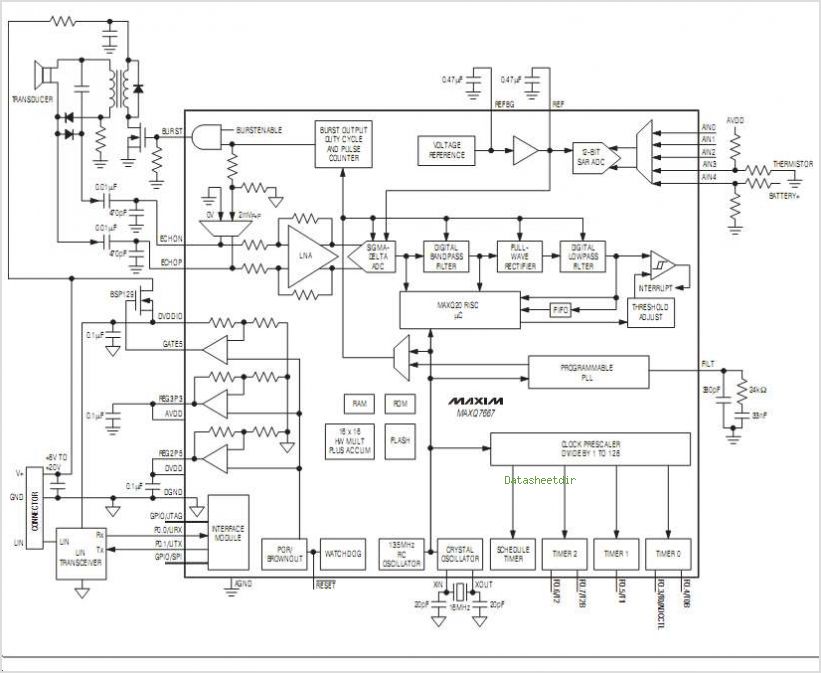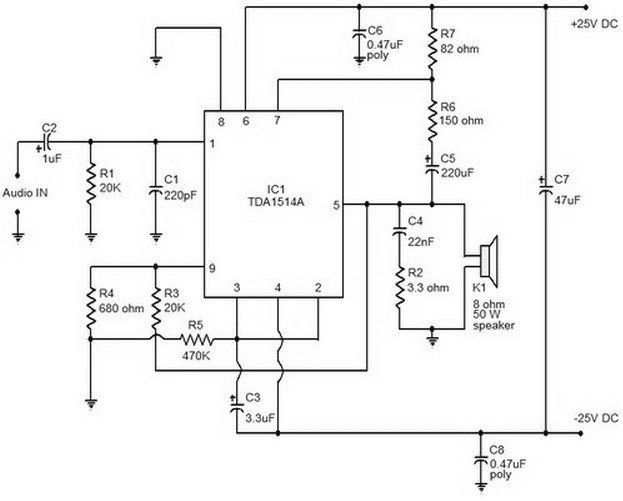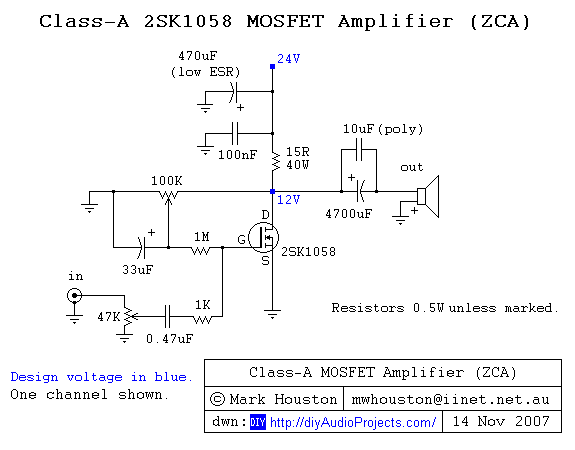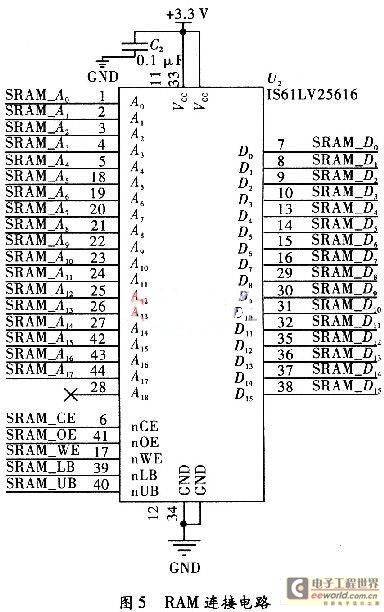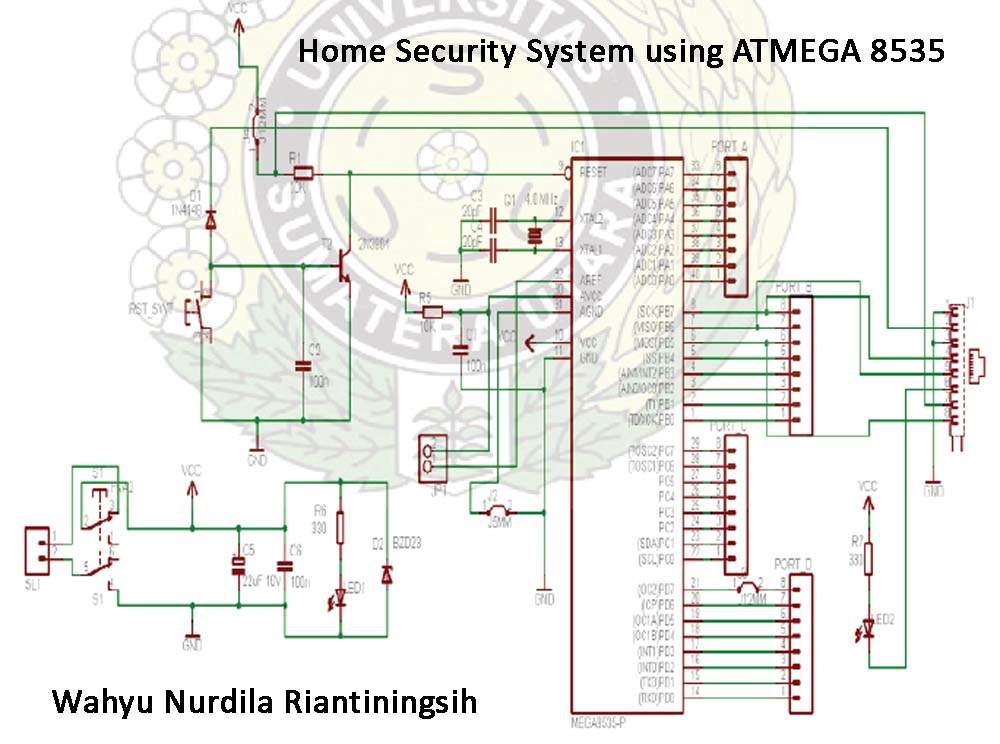
wifi web based laminar jet project
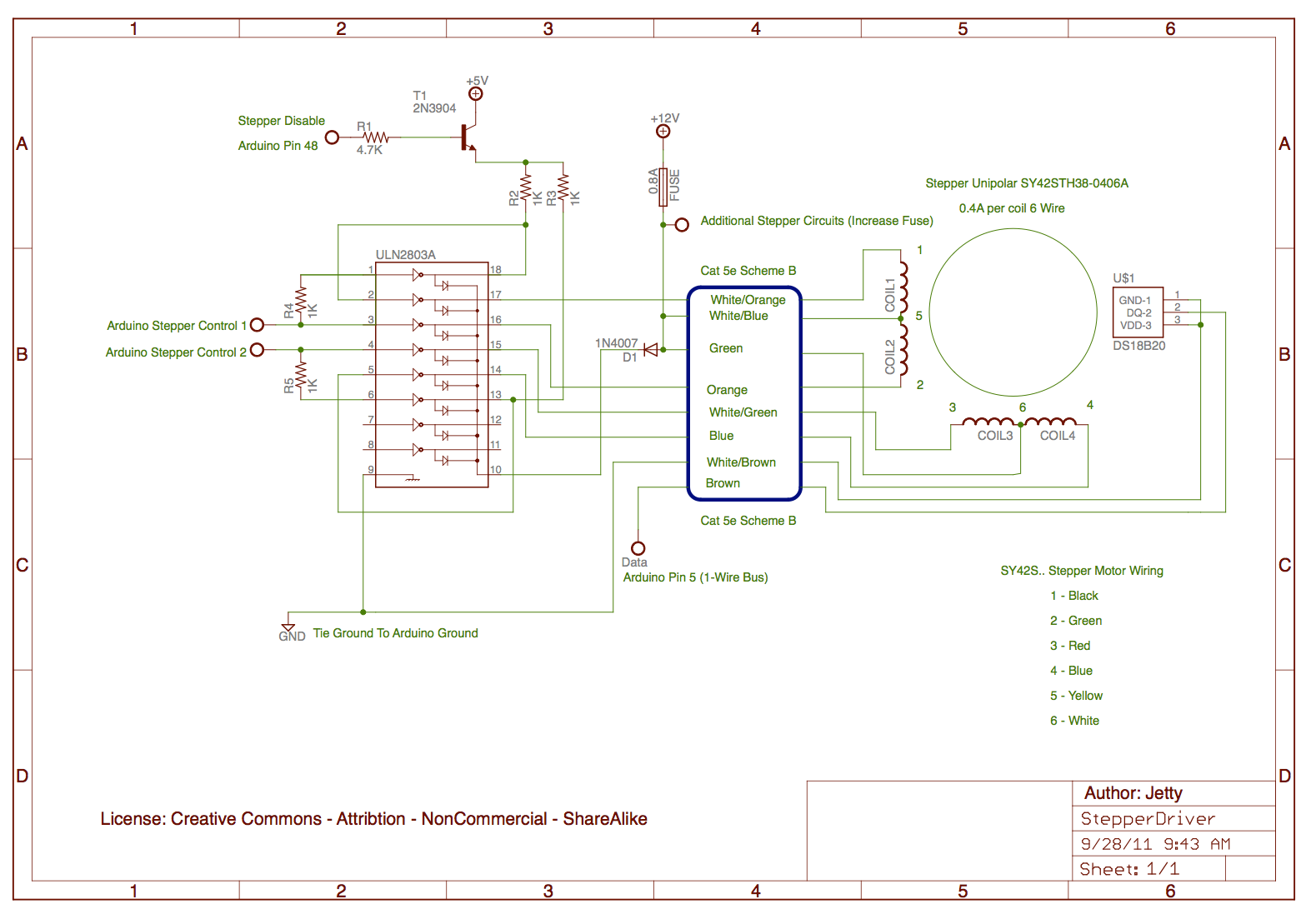
Additional photos of the cutter components have been located. These images depict the conical inserts attached to the quick-change nozzle, which serve to minimize contamination of the cutting stream.
The cutter assembly features a quick-change nozzle designed for efficient replacement and maintenance. The conical inserts play a crucial role in optimizing the cutting process by directing the flow of the cutting stream in a manner that reduces the potential for contamination. This design aspect is particularly important in applications where precision and cleanliness are paramount, as any foreign particles can adversely affect the quality of the cut.
The conical shape of the inserts allows for a smooth transition of the cutting fluid, ensuring that it effectively reaches the cutting area while minimizing turbulence. This not only enhances the efficiency of the cutting operation but also prolongs the life of the cutter by reducing wear caused by debris and contaminants.
In terms of assembly, the quick-change feature facilitates rapid adjustments and replacements, thereby reducing downtime during operations. The nozzle's design is engineered to accommodate various conical insert sizes, allowing for versatility across different cutting applications. Proper installation and alignment of the inserts are essential to achieving optimal performance, and regular maintenance checks should be conducted to ensure that both the nozzle and the inserts remain in good condition.
Overall, the integration of conical inserts into the quick-change nozzle represents a significant advancement in cutter technology, combining ease of use with enhanced operational efficiency and cleanliness.Found some more photos of the cutter parts: This shows the conical inserts to the quick change nozzle to reduce contamination of the stream on the cut. The one.. 🔗 External reference
The cutter assembly features a quick-change nozzle designed for efficient replacement and maintenance. The conical inserts play a crucial role in optimizing the cutting process by directing the flow of the cutting stream in a manner that reduces the potential for contamination. This design aspect is particularly important in applications where precision and cleanliness are paramount, as any foreign particles can adversely affect the quality of the cut.
The conical shape of the inserts allows for a smooth transition of the cutting fluid, ensuring that it effectively reaches the cutting area while minimizing turbulence. This not only enhances the efficiency of the cutting operation but also prolongs the life of the cutter by reducing wear caused by debris and contaminants.
In terms of assembly, the quick-change feature facilitates rapid adjustments and replacements, thereby reducing downtime during operations. The nozzle's design is engineered to accommodate various conical insert sizes, allowing for versatility across different cutting applications. Proper installation and alignment of the inserts are essential to achieving optimal performance, and regular maintenance checks should be conducted to ensure that both the nozzle and the inserts remain in good condition.
Overall, the integration of conical inserts into the quick-change nozzle represents a significant advancement in cutter technology, combining ease of use with enhanced operational efficiency and cleanliness.Found some more photos of the cutter parts: This shows the conical inserts to the quick change nozzle to reduce contamination of the stream on the cut. The one.. 🔗 External reference
Warning: include(partials/cookie-banner.php): Failed to open stream: Permission denied in /var/www/html/nextgr/view-circuit.php on line 713
Warning: include(): Failed opening 'partials/cookie-banner.php' for inclusion (include_path='.:/usr/share/php') in /var/www/html/nextgr/view-circuit.php on line 713
